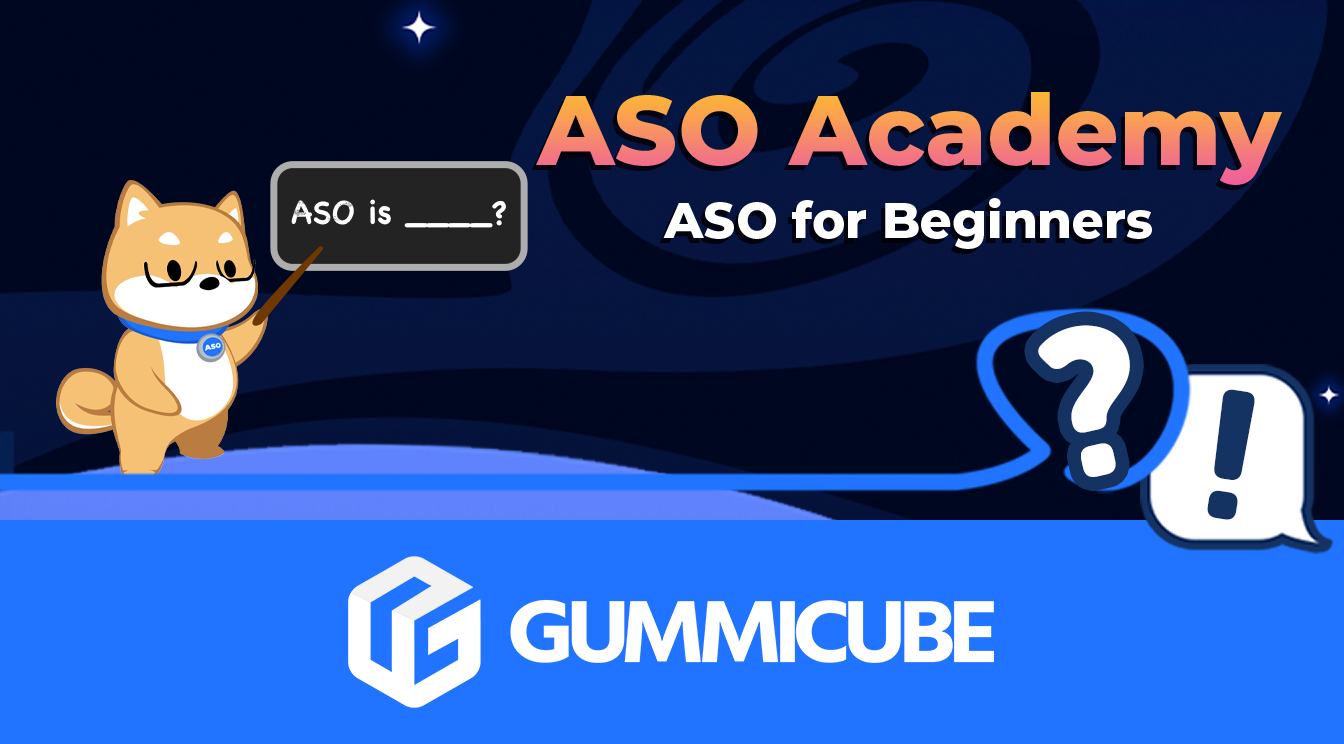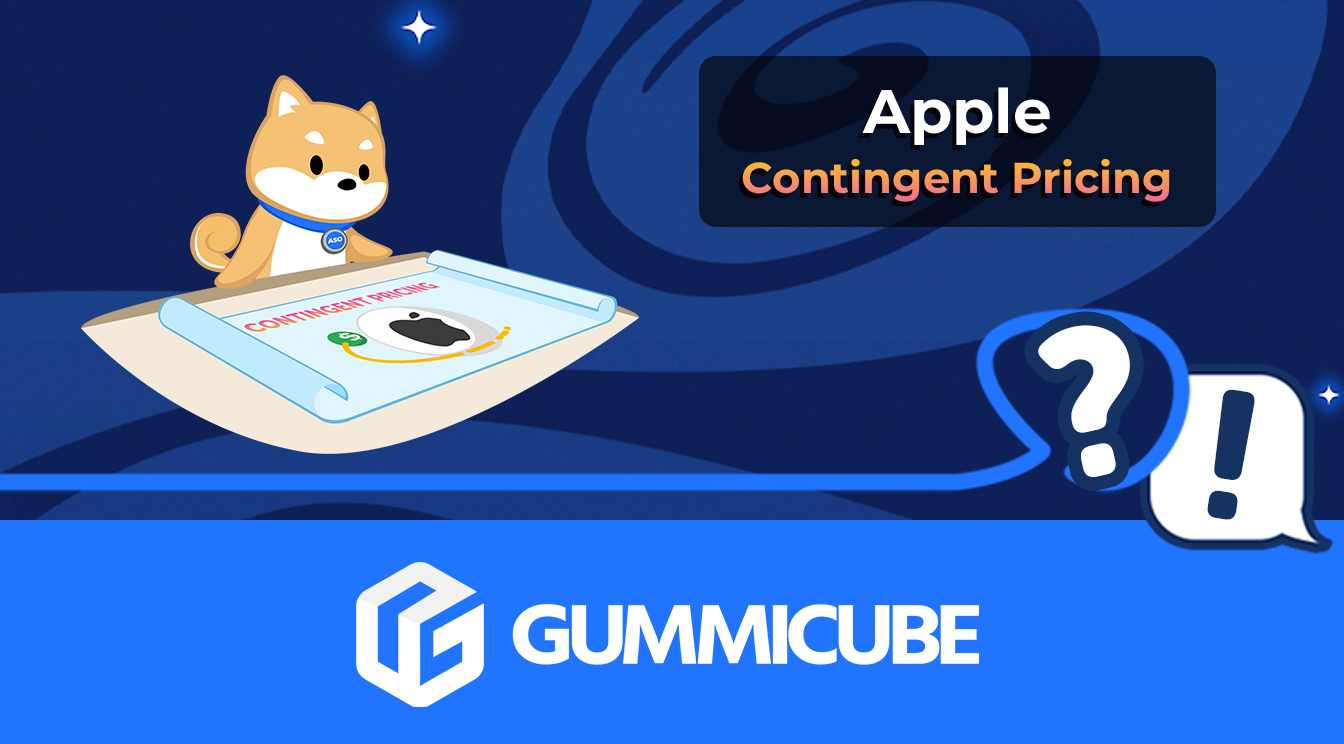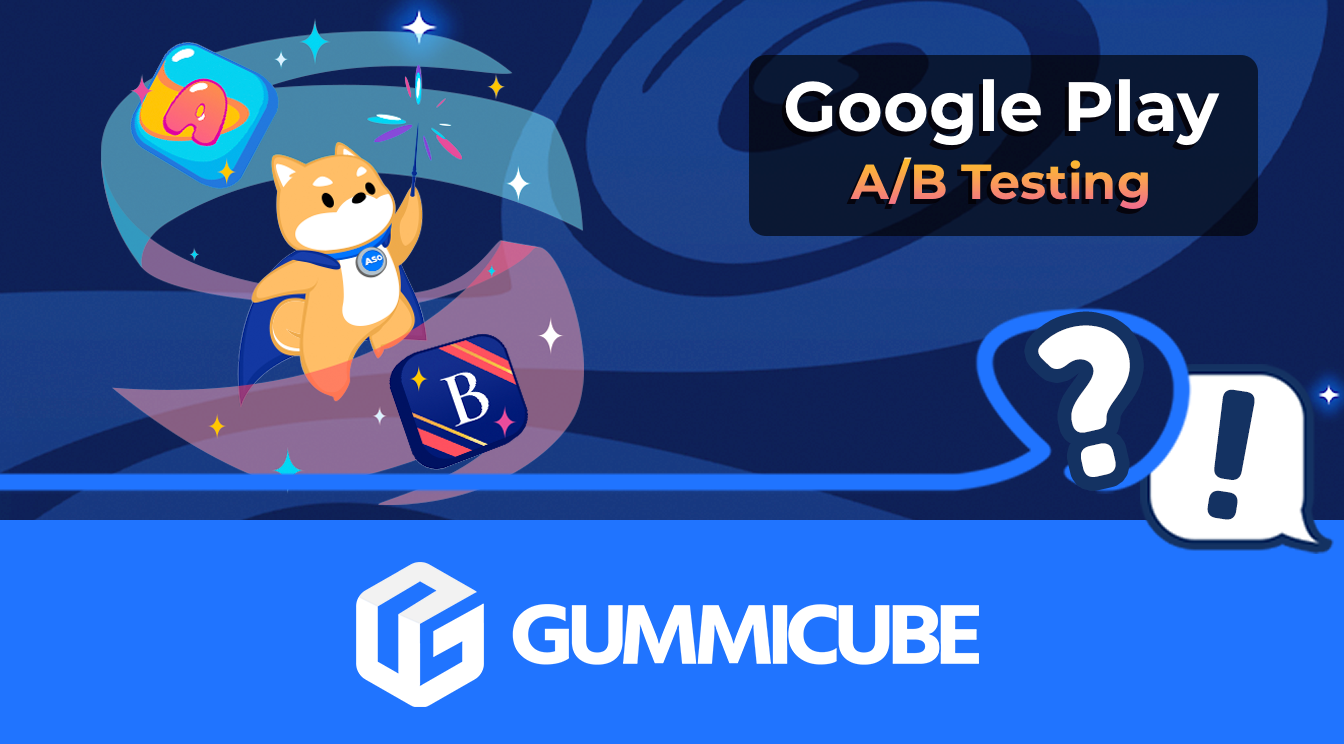
App Store Screenshot Dimensions & Guidelines
Posted on August 1st, 2024
Make sure your app stays compliant with the latest App Store Screenshot Dimensions & Guidelines here

Thinking about launching an app? Maybe you have one already. Whether you’re planning on starting or are well into promoting your app, you’ll have to consider all aspects that contribute to app success. Your mobile marketing strategy can make or break your app growth so it’s essential you grasp the fundamentals when starting your app marketing. So where do you start? With App Store Optimization.
Simply put, App Store Optimization consists of editing your app listing with the goal of increasing visibility and conversions. This involves some elements that make up your product page – from your app icon and title to your keyword bank and descriptions. There are several components that influence your app’s ranking potential in search results and how it attracts users.
With 70% of downloads coming from searches, you’ll want to make sure these elements work cohesively to help increase reach and downloads. From app keywords and creatives to competitive research and iterations, this is what you should consider when getting started with your organic app marketing.
To understand ASO, you’ll need to know what impacts your app ranking and conversions in the first place. Regardless of which platform you’re optimizing for, each scans specific app listing fields for keywords. These keywords describe your app’s core features and ideally, align with terms your target audience is actively searching for. The algorithm for each store then determines your app relevance for those keywords and ranks it accordingly. As time goes on and users interact (or don’t) with your app, the App Store and Play Store will adjust your app ranking for your targeted terms.
So, how do you start? Know which app listing fields are indexed on each platform because each will require a unique strategy.
The Apple App Store indexes the following fields:
The Google Play Store indexes:
Each of the elements listed above should include keywords you deem important and descriptive of your app to help the algorithms accurately position it in search results.
Keywords aren’t the only part of your ASO strategy that need care – images do too. Your app creatives are visual elements that will strongly impact your conversion rate. Consider each store’s layout to understand how significant effective optimization of app icons, preview videos, and screenshots can be.


Naturally, users’ eyes will gravitate towards images first because they stand out among text elements. Being larger than text elements and colorful, it’s common to find that our attention will jump to creative elements as they also contrast with the store’s background. Top app marketers understand this and design app creatives that catch users’ attention while conveying important information.
For example, the images above consist of the top-ranking apps for the search term “games”. We can observe that most of the icons include characters synonymous with the brand, capitalizing on the familiarity users may have with them and drawing attention. Taking it a step further is Mario Kart Tour, which shows the brand’s main character in a go-kart hinting at what users can expect from the game.
App Icons aren’t the only visual element to note, especially in the App Store. As shown above, another significant feature of the App Store is the presence of screenshots or app preview videos in search results as well. Appearing here places even greater emphasis on the notion that app previews and screenshots in the App Store act as powerful conversion drivers from the start.
Although preview videos and screenshots do not appear in search results in the Play Store, you should treat them with the same importance as App Store variants. While their placement may give the impression that they don’t share the same significance, they are still prominently displayed within the product page itself as shown in the image below.

No matter the platform, your app previews and screenshots take center stage as elements that can garner attention while getting relevant information across.
After knowing what makes up your app listing and how the App Store and Play Store index elements within it, you’re going to want to start developing your strategy and get the ball rolling. However, it can be intimidating to figure out where to start. You know keywords are important, but how do you pick the right ones? How do you identify the best practices that can elevate your metadata and creatives?
A recommended first step is to take a look at what the top apps are doing in your market. With the help of the right ASO tools, you can study the most relevant competitors in your market and identify what common strategies they are using that you might be able to adopt as well.
It’s not enough to pick your keywords – how you structure them matters as well. Start by looking at what keywords you have in common with competitors as well as how they are implementing them in their metadata. This can provide insight into how the position of certain terms can contribute to increased visibility.
You can also analyze competitor creatives, pinpointing similarities in images and videos that could be attracting users. Once identified, you may be able to spot gaps in their creative strategies that you can capitalize on to highlight your app’s value proposition.
You’ve optimized your app metadata and creatives, putting your app on track for success. However, your work isn’t done. Effective App Store Optimization is a continuous process that requires regular updates to your app listing to stay competitive. This is where the power of app iterations comes into play.
After you optimize your app, the keywords and metadata strategy you adopted for one round of indexation generally won’t suffice if you want your app to stay relevant long-term. After about 3-4 weeks of your previous update, you’ll want to consider performing another round of edits to adjust for any market trends, keyword changes, or seasonal marketing opportunities.
For reference, let’s take a look at one of the previous examples and see how they applied the principles of app iterations to their ASO strategy.


The first image reflects the Subway Surfers Google Play app icon for March 2023. The second one is the app icon implemented a month later. While the main character and pose are the same, variations in the color and setting keep the experience fresh for potential, current, and even lapsed users who come across it when navigating the Play Store.
This same strategy is applied to their screenshots of the same timeframe.


The two sets of screenshots once again highlight differences pertaining to the gameplay setting over the course of a month. While Subway Surfers has been a wildly popular game, the developers understand the importance of consistently having new content to keep users engaged, whether in-game or in the app stores.
While there are many moving parts that make up an effective ASO strategy, that doesn’t mean it has to be complicated. An ASO company can guide you through the intricacies of mobile app marketing to help you position your app as best as possible.
From selecting the right keywords, providing insight into popular creative practices, identifying competitors, and keeping your app up to date, the right ASO agency can be the helping hand you need to take your app growth to the next level.
Get in touch with Gummicube today for expert guidance every step of the way.

Make sure your app stays compliant with the latest App Store Screenshot Dimensions & Guidelines here

Soon developers will be able to extend their customer lifetime value with a handy new way of providing subscription offers directly through Apple. Contingent Pricing looks to act as a revolutionary new system for leveraging new upsell & cross-sell opportunities all within Apple’s ecosystem.

Have you ever A/B tested your Google Play listing? If not, you're probably navigating the Play Store marketing blind, and leaving valuable installs on the table.